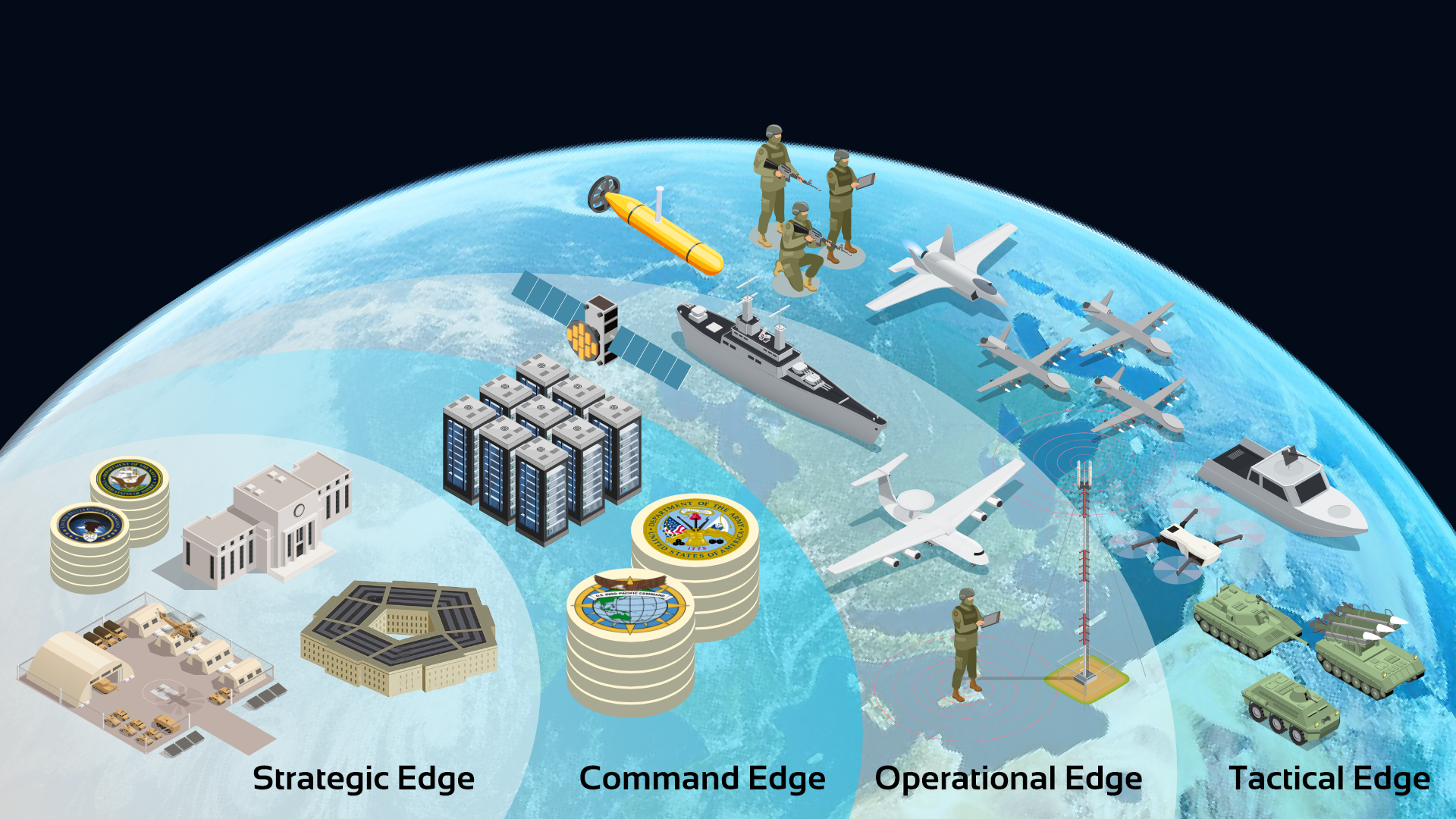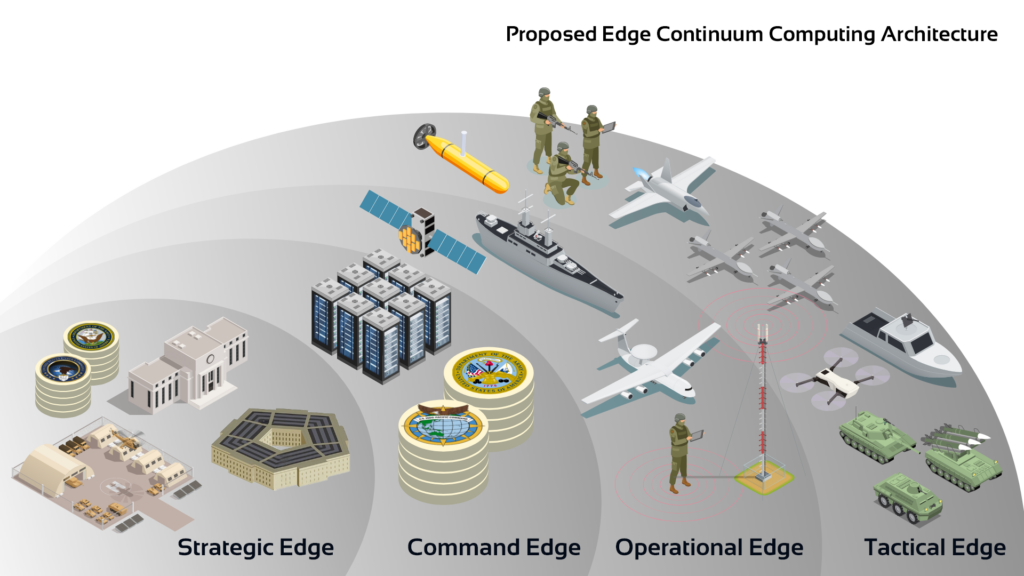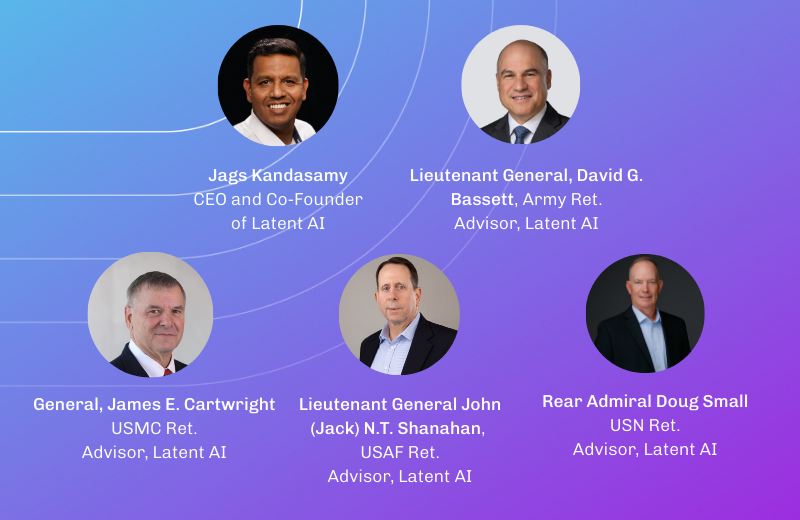Latent AI and the Atlantic Council

How a New AI Edge Continuum Architecture Can Better Enable JADC2 Objectives
Latent AI recently held a series of sessions with the Atlantic Council to explore the best ways to support Joint All-Domain Command and Control (JADC2) strategy objectives with AI. We are proud to say the results of those sessions have just been published as a paper co-authored by myself and the Atlantic Council’s General James E. Cartwright.
You can download the paper from here: Click to Download
Along with General Cartwright, Latent AI understands that the adoption of more capable AI requires not only the ability to work on low SWaP (size, weight, and power) devices like drones and UUVs (unmanned underwater vehicles), but also the flexibility to integrate across current hardware and processes in non-disruptive ways.
Employing Artificial Intelligence for Joint Operations and the Edge Continuum
Our paper (click here to view online), outlines a framework for how the DoD can better meet the objectives of the JADC2 with a supporting AI & network architecture that enables integrated command and control while empowering commanders across all domains, theaters, and threats.
Currently, every device and every warfighter is a potential data collection point. The problem is how to process all that data in a manner that leads to real-time tactically advantageous decisions while not disrupting existing frameworks and processes. Latent AI and the Atlantic Council envision a four-layer edge computing architecture for the DoD that supports and enhances the JADC2 decision cycle. There is a critical need for flexible AI that is modular and portable across different hardware types while simple enough to overcome the significant deployment and scalability hurdles of AI. This architecture distributes computing power as close to the edge as possible for faster data to decision, while maintaining the flexibility to securely and confidently pass harder problems up the continuum as necessary.
The JADC2 relies on the decision cycle of “sense” (integrate information across domains), “make sense” (leverage intelligence to understand the environment), and “act” (decide and disseminate based on intelligence). Viewing that decision cycle through the lens of data management, integrated AI across the edge continuum creates opportunities to meet strategic goals with faster yet flexible data to decision with real-time results and post-mission data stream integration and analysis. By embedding AI at the Tactical layer and creating methods of communication across the Operational and Command layers, decisions can be made faster while deeper analysis can be performed post-mission.

AI across the edge continuum will be critical in helping implement the JADC2 initiatives necessary to enable warfighters with real-time decisions and the updated insights required to maintain a tactical advantage. With AI integrated across the edge continuum, reliable and secure decision making can be enabled that supports each layer and domain individually and in unison. Maintaining information and decision advantage is key to command-and-control capabilities. There will be no greater enabler for warfighters than what AI will deliver.





